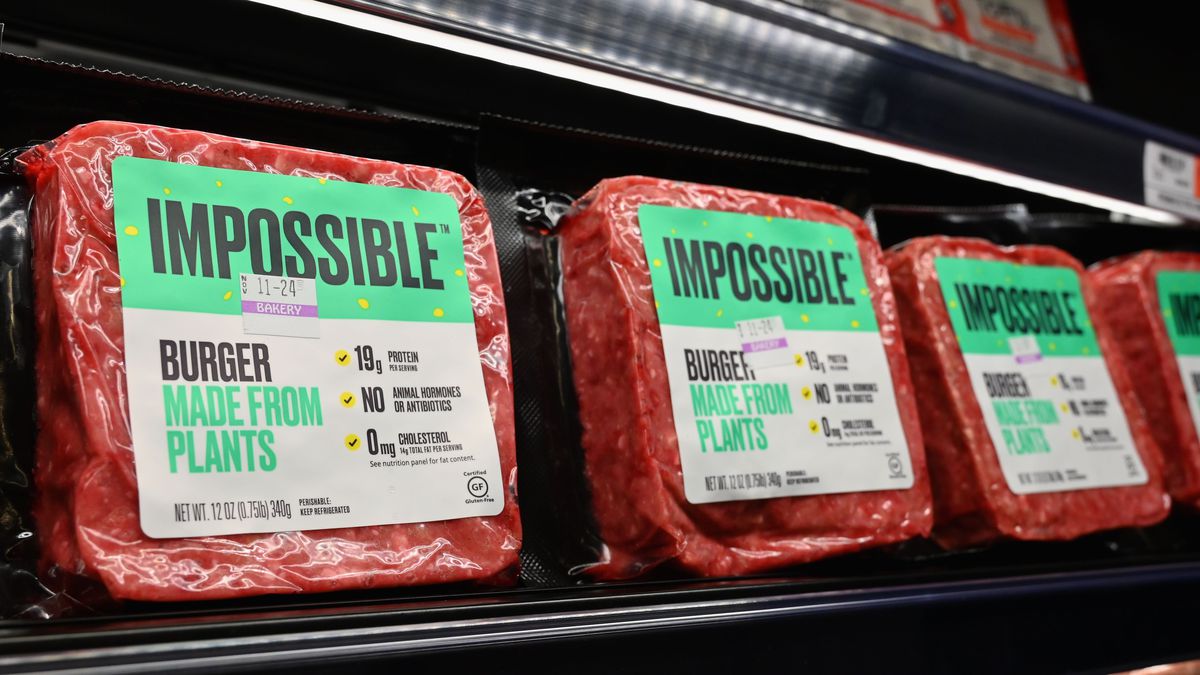
Base Ingredients
Base Ingredients
At the core of plant-based meat are ingredients carefully chosen for their ability to mimic the taste and texture of animal-based counterparts. Common base ingredients include soy, peas, wheat, and mushrooms, each contributing unique qualities to the final product. These ingredients serve as the foundation upon which the culinary alchemy takes place.
Protein Extraction
To replicate the protein-rich composition of traditional meat, manufacturers extract proteins from plant sources. Techniques such as isolating soy protein or extracting protein from yellow peas are employed. This extraction process is crucial for achieving the desired meaty texture and ensuring that the plant-based alternative is protein-packed.

Protein Extraction
Texturization and Binding
Mimicking the texture of meat involves careful texturization and binding. This step often includes processes such as extrusion, where the plant proteins are heated and pressurized to create fibrous structures similar to those found in animal muscle. Binding agents like starches or fibers are added to enhance the cohesion and mouthfeel of the plant-based meat.

Texturization and Binding
Flavor Enhancement
Achieving a savory and meaty flavor profile is a delicate art in plant-based meat production. Natural flavors from spices, herbs, and yeast extracts are combined to replicate the umami-rich taste associated with traditional meats. The goal is to create a product that not only looks and feels like meat but also satisfies the taste buds.

Flavor Enhancement
Fat Replication
Fat plays a crucial role in the juiciness and succulence of meat. Plant-based meat undergoes a process of fat replication, often using plant-derived oils such as coconut, canola, or sunflower oil. This addition ensures the desired mouthfeel and ensures that the plant-based alternative cooks and behaves like its animal-based counterpart.

Fat Replication
Innovation and Advancements
The world of plant-based meat is dynamic, with ongoing research and innovation driving continuous improvements. Advancements include exploring novel protein sources, refining texturization techniques, and incorporating emerging technologies. As the demand for plant-based options continues to grow, these innovations contribute to a diverse and evolving landscape of plant-based meat products.

Innovation And Advancements







